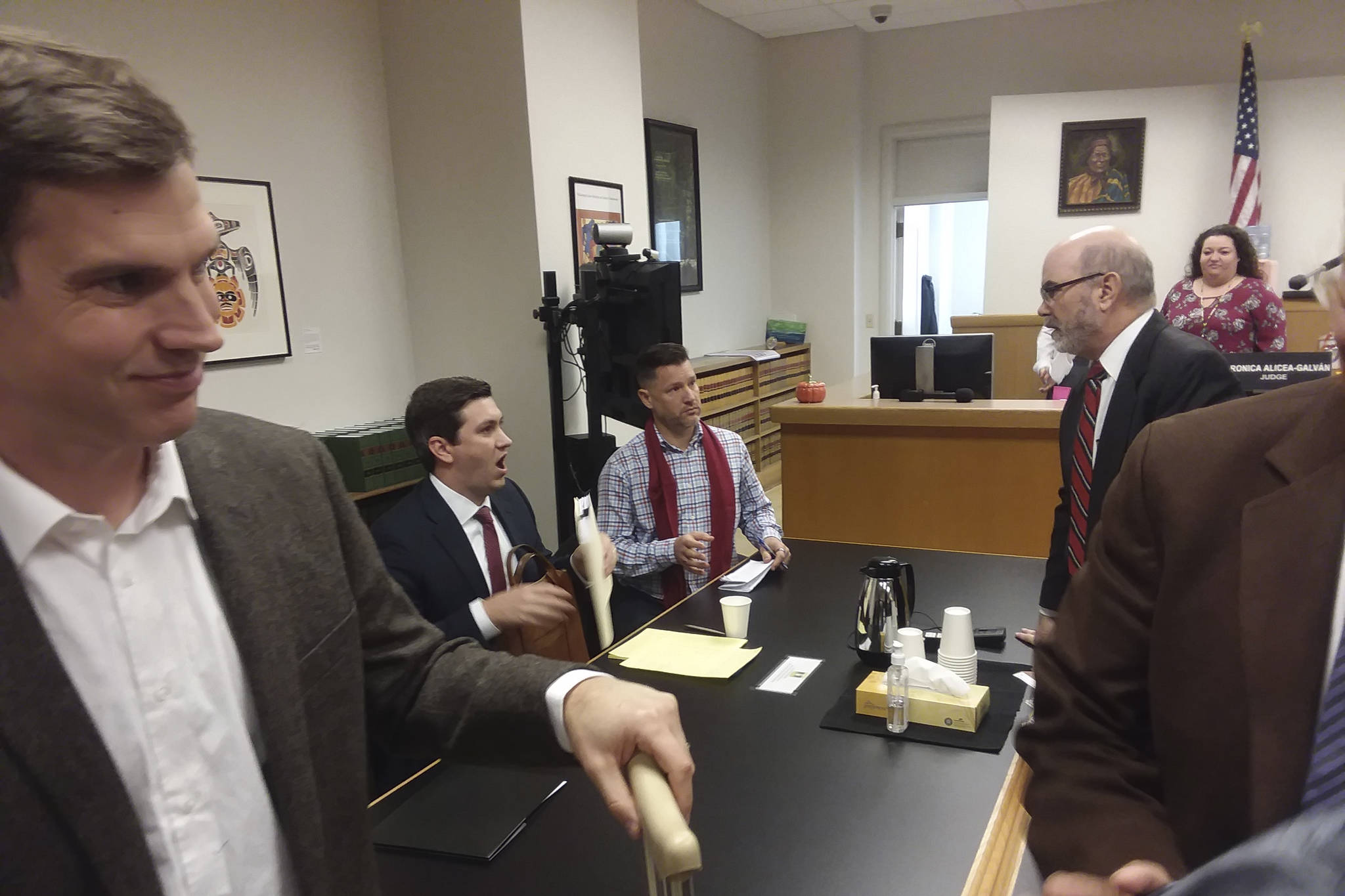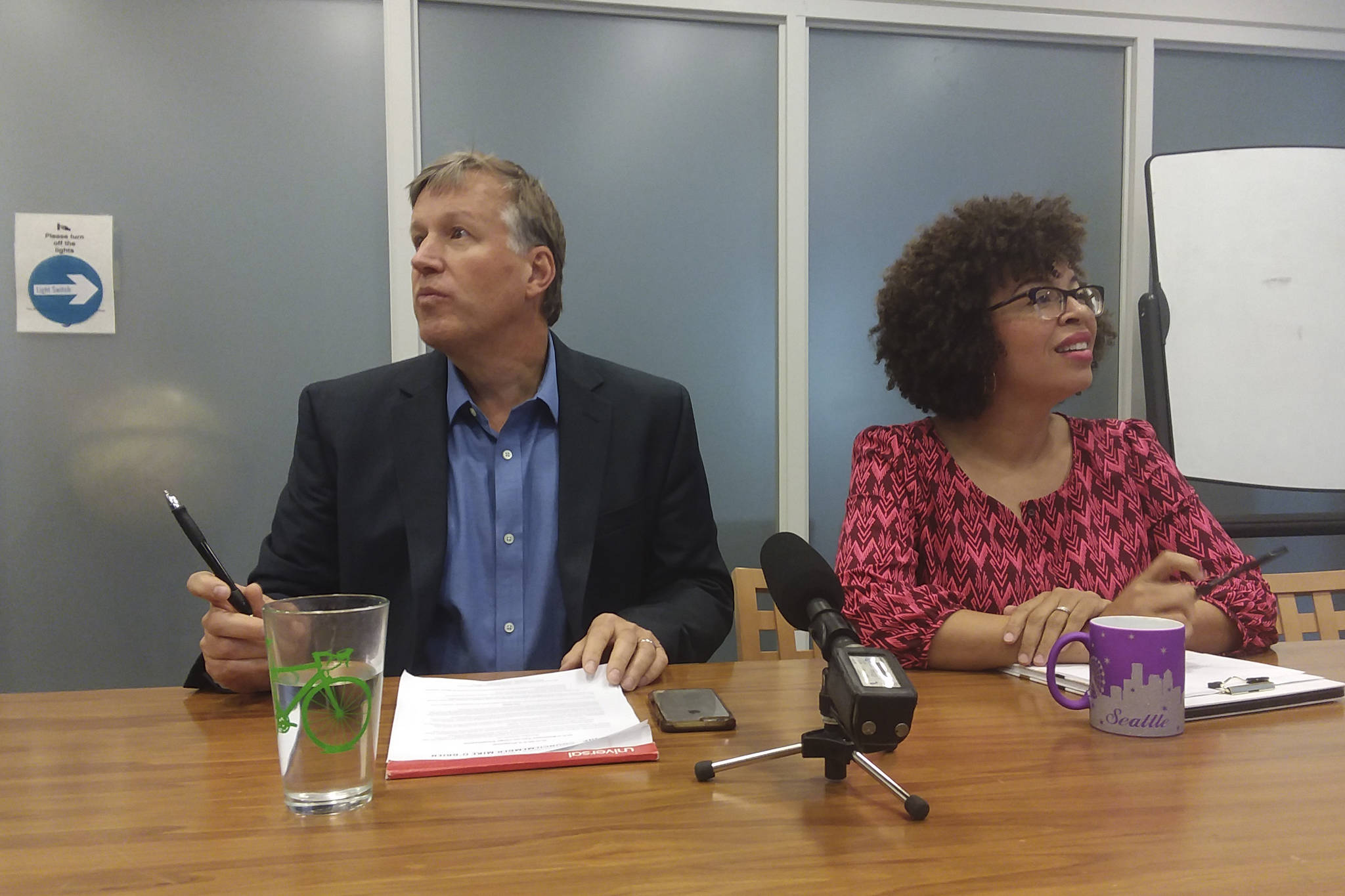Today, proponents of bringing safe drug sites to Seattle launch their public education (or propaganda, depending on your political leanings) campaign, to let the rest of us know the details of and rationale behind such sites.
As we reported last year, Seattle, along with the rest of the country, has seen a massive increase in heroin (and other opioid) use and death in recent years. The causes are complex (duh), but one big cause is the widespread overprescription of opioid pain medications like Oxycontin during the 2000s. In the past several years, regulators have tamped down the flow of opioids out of doctors offices, causing people who are already addicted to sojourn into the street for their fix.
‘Harm reduction’ strategies—which meets drug users where they already are, rather than demanding abstinance—have had enormous success in the form of LEAD, or Law Enforcement Assisted Diversion. LEAD essentially turns cops into outreach workers, allowing them to refer people arrested for low-level drug or prostitution crimes into social services rather than jail. The next logical step in this kind of harm reduction approach? Safe drug sites.
Here’s what we wrote about safe drug sites las year:
Safe injection sites…are spaces where intravenous drug users can shoot up under the supervision of trained nurses and counselors. Vancouver, British Columbia, has had one called InSite since 2003, and it works. A 2011 study published in the English medical journal The Lancet found that after InSite set up shop, illicit drug overdoses within half a kilometer dropped by more than a third.
According to a 2009 report summarizing various scientific evaluations, InSite also reduced public injecting, lowered syringe sharing, and increased participation in addiction treatment—all without any discernible negative side effects. At least three different evaluations have each concluded that the facility saves taxpayers money in the long run—as much as four-fifths of what they would have paid, sans InSite, for downstream crisis services like police and ER doctors.
InSite’s website brags: “Although there have been 1,418 overdoses at InSite between 2004 and 2010, staff were able to successfully intervene each time. There has never been a fatality at InSite.”
By comparison, 314 Washingtonians died from drug overdoses in 2014.
Will Seattle venture further into the high-risk, high-reward world of safe drug sites? A group of advocates called VOCAL wants it to. This week they’re holding several public events where they and others will make the case for safe drug sites as a way to ease the pain of drug addiction for users and the public alike. The first event is at noon at city council chambers, and the second is tonight at 5:30 p.m. at UW.
And for those of you who want to burrow deeper into the weeds of progressive drug policy, the Weekly suggests these books:
Chasing the Scream: the First and Last Days of the War on Drugs. Johann Hari’s history of the War on Drugs is useful not only for understanding how the US became addicted to drug prohibition, but also for its overview of the most successful attempts to roll back criminalization and replace it with sound public health policy.
In the Realm of Hungry Ghosts: Close Encounters With Addiction. Dr. Gabor Maté describes his years of work with hard-core addicts in Vancouver, BC. In the process, he reveals the hollowness of simplistic explanations of addiction as either a failure of will or a deterministic chemical compulsion.
The Biology of Desire: Why Addiction is Not a Disease. Dr. Mark Lewis piles up a great deal of evidence to support his claim that addiction is really just normal brain development—literally, habit-creation—taken to an extreme. The book is also valuable for illuminating a diversity of paths into and out-of addiction, giving lie to standard, over-simplified explanations of how to help addicts.







